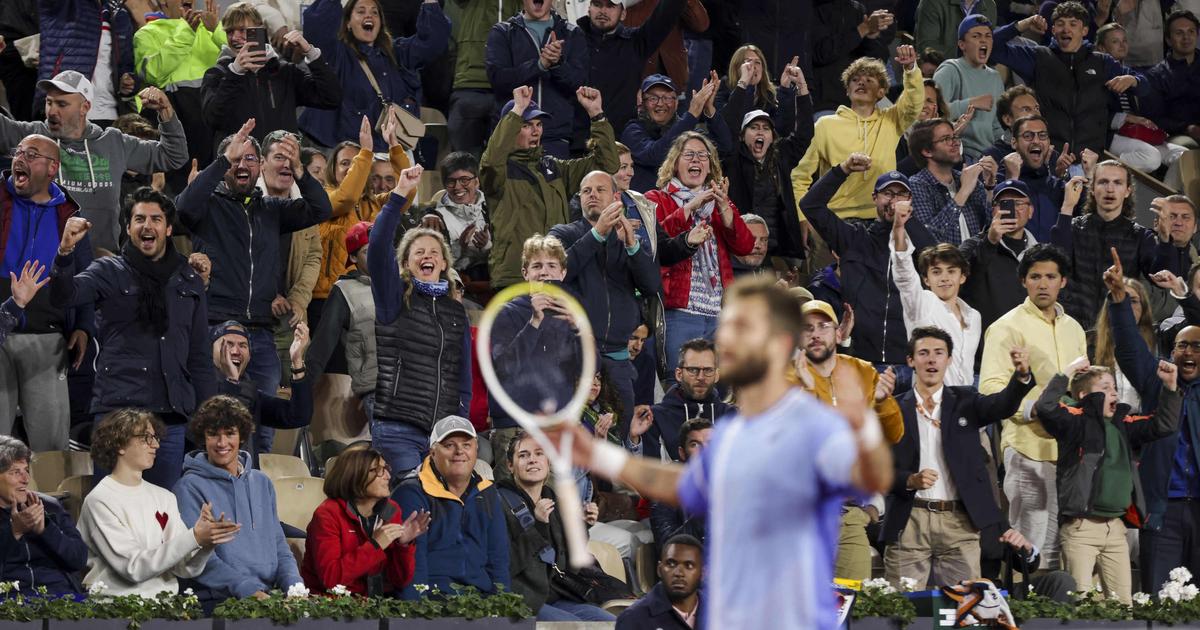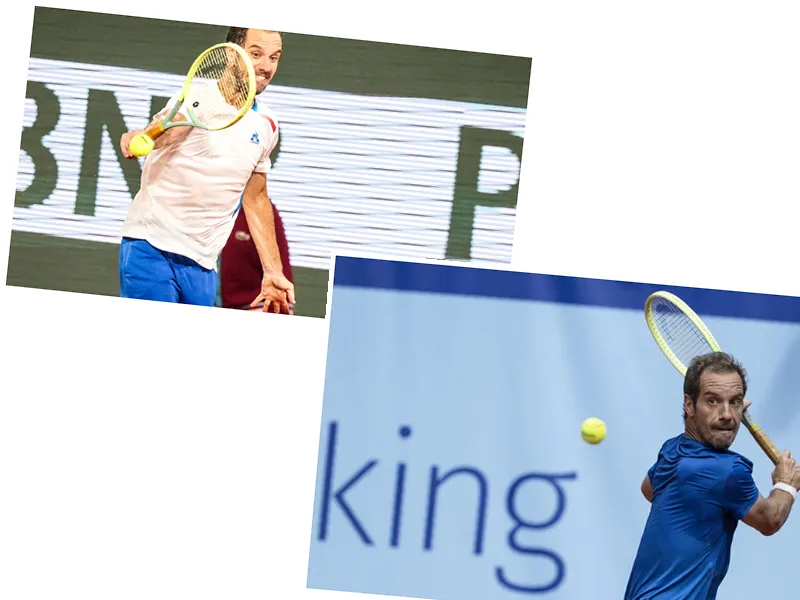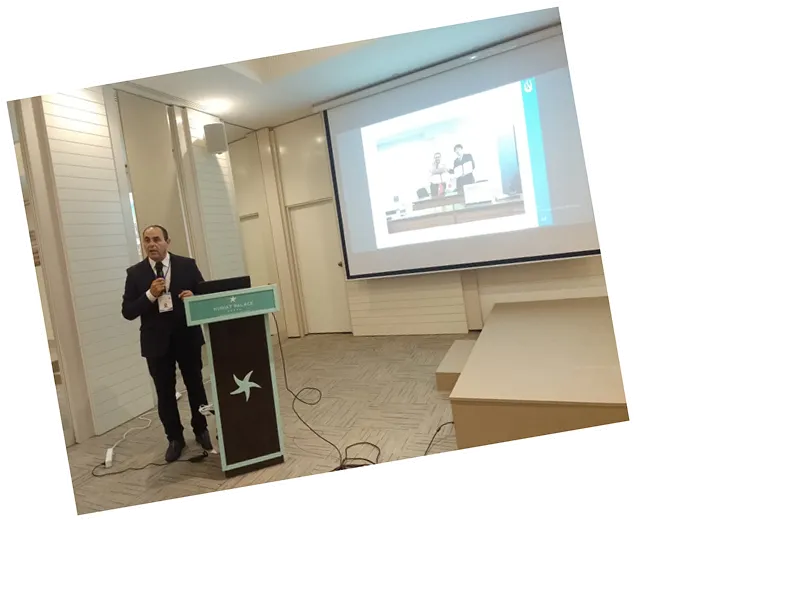French Open Revolution: A New Era for Tennis
The first week of the French Open 2024 has brought a breath of fresh air to the traditional world of tennis, winning over a younger audience and signaling a significant shift at Porte d'Auteuil. This transformation is not merely superficial but delves deep into the heart of tennis, embracing both a change in etiquette and atmosphere. Where once stood a game of quiet elegance, it now roars with the energetic enthusiasm of passionate supporters.
Tennis traditionalists mourn the loss of the old guard—Federer has retired, Nadal's return is doubtful, and legends like Murray and Wawrinka struggle to maintain their former glory. Only Djokovic remains a steadfast figure, driven by an insatiable hunger for records. The tournament itself has evolved; what was once an outdoor spectacle is now frequently held under covered courts due to persistent rain, altering the very essence of the French Open experience.
Youth and Enthusiasm Redefine the Stands
Gone are the days when tennis was a quiet, genteel sport appreciated in reverential silence. This year's edition witnessed spontaneous, joyful renditions of 'La Marseillaise' echoing through the courts, as patriotic youngsters brought a new level of excitement and noise to the event. This fervor was symbolized by players like Varvara Gracheva and Corentin Moutet, who reignited interest with their dynamic performances, reminiscent of the game’s more carefree, playful roots.
The renewed enthusiasm was not without its critics. Some purists condemned it as a decline in decorum, contrasting sharply with yesteryears when tennis was a symbol of refined elegance. Nevertheless, this new wave of supporters has breathed fresh life into the tournament, shedding the sport’s staid image and making it more accessible to a diverse audience.
The Rugby Connection and French Hopes
Antoine Dupont's unprecedented success in rugby has spilled into the tennis discourse, thanks to a humorous social media comment by Yannick Noah, the last Frenchman to win the French Open in 1983. Noah playfully suggested Dupont try his hand at tennis, highlighting the ongoing French quest for a new champion on Parisian clay. While Dupont is unlikely to swap his rugby boots for tennis shoes anytime soon, his achievements underline the broader narrative of French athletic excellence.
As the tournament progresses, all eyes are on Varvara Gracheva, who remains in contention, having advanced to the round of 16. Her performance symbolizes a glimmer of hope for French tennis fans eager for a new hero to end the long wait since Noah's triumph. Meanwhile, the palpable excitement generated by her and players like Moutet shows that, regardless of the results, the spirit of tennis at the French Open is very much alive.
- The ongoing transformation of the French Open, from its indoor matches under the shelter of court roofs to its embrace of digital advancements like 'Hawk-Eye', reflects a sport in transition. Modern players and audiences are reshaping the landscape, challenging long-held traditions and creating a more inclusive environment.
- Despite these changes, the essence of tennis as a game requiring skill, concentration, and sportsmanship remains unchanged. The tournament continues to captivate audiences with its blend of high-stakes competition and melodious homage to tradition.
- This year's French Open stands as a testament to the enduring appeal of tennis and its ability to adapt without losing its fundamental spirit. The tournament's evolution mirrors broader societal shifts, making it a microcosm of contemporary changes in sports and entertainment.






